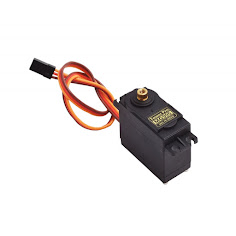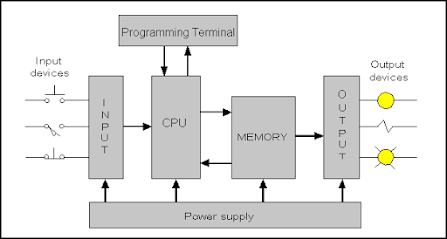Factors to be considered while selection and sizing of a hub motor for electric bike.
The size of the hub motor and battery suitable for a CG 125 motorcycle conversion to electric power depends on several factors, including your specific performance requirements, budget, and intended use. Here are some general guidelines to help you determine what might be suitable: 1. Motor Size. · Power Rating: A typical CG 125 motorcycle engine has a power output of around 8-11 horsepower (HP). To maintain similar performance, you'd want an electric motor with a power rating in this range or slightly higher to compensate for any losses in the conversion process. · Voltage: The voltage of the motor should be compatible with the voltage of your battery pack. Common voltages for electric motorcycles range from 48V to 96V or more, depending on the desired performance. · Type: Hub motors are a common ch...



